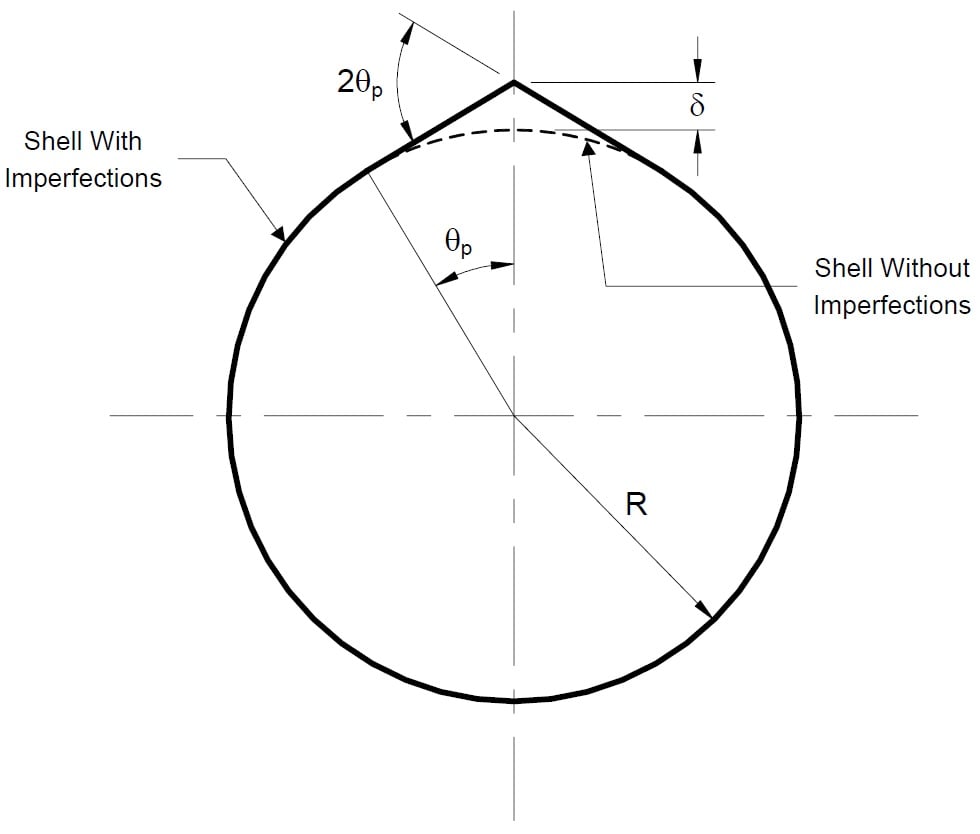ASME B31, Code for Pressure Piping, is a standard developed, published, and maintained by the American Society of Mechanical Engineers (ASME). The code covers a number of individual sections including Power Piping, Process Piping, Pipeline Transportation Systems for Liquid Hydrocarbons and Other Liquids, Refrigeration Piping and Heat Transfer Components, Gas Transmission and Distribution Piping Systems, Building Services Piping, and Hydrogen Piping and Pipelines.
History
The ASME B31 committee was originally formed in 1926. The code has a long history beginning as early as 1935. Some sections have been absorbed into others, while others were superseded by different standards. Below is a list of the currently active sections and when they were first published:
- B31.1 first published in 1942
- B31.3 first published in 1959
- B31.4 first published in 1959
- B31.5 first published in 1962
- B31.8 first published in 1955
- B31.9 first published in 1982
- B31.12 first published in 2008
Overview of ASME B31 Sections
Each section includes a brief description of what piping systems are covered.
B31.1 - Power Piping (2020)
This section covers the minimum requirements for the design, materials, fabrication, testing, inspection, operation, and maintenance of piping applications for steam, water, oil, gas, air, and other services. Power piping applications are found in electric power generating stations, industrial and institutional plants, geothermal heating systems, and central and district heating and cooling systems. This section also covers external piping attached to an ASME Section I power boiler.
B31.2 - Fuel Gas Piping (Inactive)
Superseded by ANSI Z223.1.
B31.3. - Process Piping (2018)
This section covers the minimum requirements for the design, materials, fabrication, testing, inspection, operation, and maintenance of piping applications involving the transportation and storage of all fluids found in petroleum and chemical processing refineries, as well as pharmaceutical, textile, paper, semiconductor, and cryogenic plants. Fluids covered include:
- Raw, intermediate, and finished chemical products
- Raw, intermediate, and finished petroleum products
- Gas, steam, air, and water
- Fluidized solids
- Refrigerants
- Cryogenic fluids
B31.4 - Pipeline Transportation Systems for Liquid Hydrocarbon and Other Liquids (2019)
This section covers the minimum requirements for the design, materials, components, fabrication, testing, inspection, operation, and maintenance of pipeline transportation systems. Transportation pipelines include all piping systems between the production fields or facilities including above- or below-ground storage facilities, refineries, processing facilities, pump stations, terminals, and tank farms. The section also covers the pipelines transporting slurries of nonhazardous materials.
B31.5 - Refrigeration Piping and Heat Transfer Components (2019)
This section covers the minimum requirements for the design, materials, components, fabrication, testing, inspection, operation, and maintenance of piping for refrigerants, heating transfer components, and secondary coolant piping.
B31.6 - Chemical Plant Piping (Never published as a separate document)
Combined with B31.3.
B31.7 - Nuclear Power Piping (Inactive)
Superseded by ASME Boiler and Pressure Vessel Code, Section III.
B31.8 - Gas Transmission and Distribution Piping Systems (2018)
This section covers the minimum requirements for the design, materials, components, fabrication, testing, inspection, operation, and maintenance of pipelines used for the transportation of gas.
B31.9 - Building Services Piping (2017)
This section covers the minimum requirements for the design, materials, components, fabrication, testing, inspection, operation, and maintenance of piping applications for industrial, institutional, commercial, and public buildings. This section is not as detailed or conservative in regards to the sizes, pressures, and temperatures of piping systems covered in B31.1.
B31.10 - Cryogenic Piping (Never published as a separate document)
Combined with B31.3.
B31.11 - Slurry Transportation Piping (Inactive)
Superseded by B31.4.
B31.12 - Hydrogen Piping and Pipelines (2019)
This section covers piping applications for gaseous and liquid hydrogen services. All components up to and including the point where the joint connects to the equipment are included. However, the equipment itself is not covered under this section.
B31G - Manual for Determining Remaining Strength of Corroded Pipelines (2012)
B31G is a manual that supplements all parts of the ASME B31 Code for Pressure Piping. Its primary purpose is to serve as a guideline for evaluating metal loss in pipelines.
Related Topics
- ASME Boiler and Pressure Vessel Code (BPVC)
- ASME FFS-1 (Fitness-for-Service)
- ASME PCC-1 - Guidelines for Pressure Boundary Bolted Flange Joint Assembly
- ASME PCC-2 - Repair of Pressure Equipment and Piping
- ASME PCC-3 - Inspection Planning Using Risk-based Methods
Relevant Links
Topic Tools
Share this Topic
Contribute to Definition
We welcome updates to this Integripedia definition from the Inspectioneering community. Click the link below to submit any recommended changes for Inspectioneering's team of editors to review.
Contribute to Definition



























